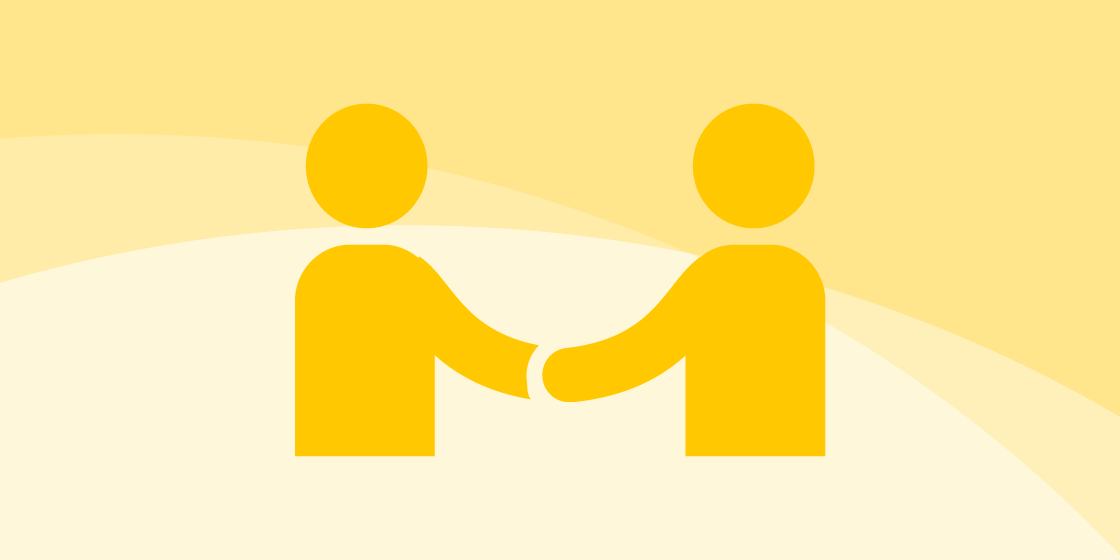
August 18, 2020 | By: Kelly Mastin
Categories: Family Support
At some point in the history of special education, someone decided that it was inappropriate for a person with a disability to greet people with a hug. This person set out to eradicate the practice of hugging. The argument: It’s inappropriate. They suggested replacing it with a more accepted practice of handshakes, fist bumps or high fives.
If you think I’m making this up, let me assure you, this popular mandate in the world of special education is a real thing. At some point you will discover the truth that this vendetta against hugging is regarded at a much higher level of importance than even most academic skills.
If I had a dollar for every time an aide, teacher or other professional addressed this issue with me, I’d be one rich mama.
Here's a fact: Hugging is an appropriate greeting.
My daughter is a hugger. It’s who she is. It’s what she does. I cannot tell you the number of times I’ve heard someone tell her that they love her hugs. Many have been blessed by Chloe’s hugs. Some might say it’s part of her gifting, blessing others with a hug.
And there have been plenty of people in Chloe’s 17 years who have made it their goal to break her of it. Some have even tried to incorporate it into IEP goals.
Here's a question: When was the last time you saw a teenage girl walk up to a circle of her friends and offer a handshake to each of them as a greeting? Teenage girls don’t do that. I’m guessing her friends would think she was a weirdo, actually.
Let’s remove the wheelchair and the disability label from this situation. If a typical teenager hugged her friends or her favorite teacher every day, would you think it was inappropriate and vow to eradicate the behavior? I’m guessing not.
It’s totally appropriate for a teenage girl to greet people with a hug. I see them do it all the time. I, of course, recognize that some ‘hugs’ are more than hugs. But I’m not at all talking about those. I’m talking about a quick, friendly hug of greeting.
So how does Chloe’s disability suddenly make hugging inappropriate? It doesn’t.
Instead of trying to eradicate the hugging nature of my child and so many others, let’s try a new approach. It's called self-advocacy. If there’s a teacher who doesn’t want to hug, let’s have that teacher advocate for them self and tell Chloe, “No thanks. Let’s shake hands.”
If there’s a student who doesn’t want a hug, let’s teach that student that they can say, “No.”
Aren’t we currently teaching children to speak up and advocate for themselves and say no to things they don’t like? Perfect. Let’s do that here. Let’s have the expectation that people can and will advocate for themselves when taught to do so.
And let’s leave the huggers alone. Let the huggers hug. I’m not changing my girl for the world, I’m changing the world for my girl.
Enjoy and learn from Kelly’s many other articles.

A few years before my son George graduated from high school, our family discovered a Special Olympics program called FUNdamental Sports.
Categories: Family Support, Transition to Adulthood

Kids need to learn about emergencies in ways they can understand and talk about.
Categories: Family Support

Your emergency plans might look different, but no matter how they look, they can make all the difference.
Categories: Family Support